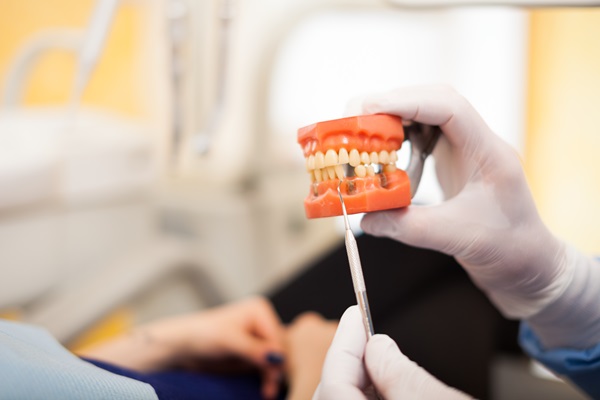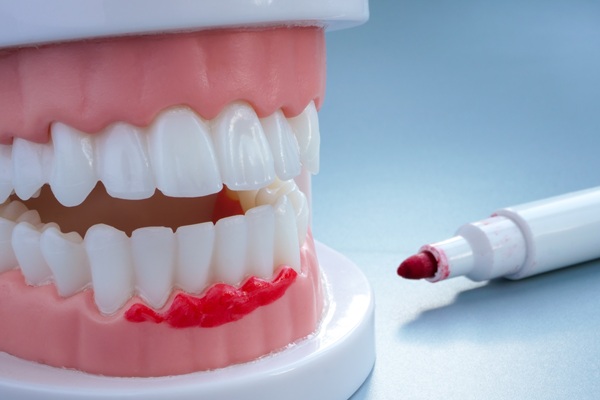Ask a Dentist: How Do I Prepare for a Dental Bridges Procedure?

When you need dental bridges, your dentist will work with an oral surgeon to find the best solution for your problem. There are a few things that you can do in preparation for this procedure. This blog post outlines some of the steps you should take before going in for dental bridges surgery.
Make a list of all the medications that you are currently taking and bring this to your dentist. Your doctor will use this information when making recommendations for any medicines that can be used before surgery.
What is a dental bridge?
Dental bridges are fixed appliances that span the space of a missing tooth. Dental implants replace the lost root and can become an anchor for your new bridge, or dental implants could be used to support the bridge alone if there is enough bone structure remaining in your jaw. Dead teeth from decay will need to be removed before any procedure begins, which may cause some discomfort, but it won't last forever.
Preparing for a dental bridge
Past dental treatments, especially those involving implants or other metal components, often need to be removed before getting dental bridges because they could interfere with the procedure. If there is other dental work in your mouth, it may cause problems. Make sure these items have been taken care of before going into surgery. This includes braces, crowns, and caps, among others. Although some ointments are safe during procedures like tooth extraction or bridge placement, talk to your dentist about which ones they consider appropriate for your operation.
Dental bridges require a certain amount of bone structure to be present for them to stay put, so if there is not enough bone density or strength, then your bridge will fall off within weeks and must be reset again, which can cause more damage than good. On the other hand, dental implants don't need as much support because they use their bones instead of relying entirely upon what's left over from tooth loss.
What to expect during your procedure
The dentist will take detailed x-rays or impressions (molds) of your mouth. Hence, they have an accurate depiction of what needs to happen during surgery and how things should look when you wake up with temporary teeth in place, then step-by-step instructions on how long each part takes and where exactly everything goes. Dental bridges require two visits, one for each part of the procedure. The teeth on either side of the gap are prepared, and then a crown is added to one tooth, usually all while you're still awake (not sedated) since that's not necessary for this part of the process. Dental bridges require two visits, one for each part of the procedure.
After a dental bridge procedure, you should expect temporary teeth in place, and the permanent ones will get attached. Once your mouth has healed, it'll be time to adjust everything, so they fit correctly before adding them permanently with cement or other adhesives.
Request an appointment here: https://www.potomacwoodsfamilydentalcare.com or call Potomac Woods Family Dental Care at (301) 202-1553 for an appointment in our Rockville office.
Check out what others are saying about our dental services on Yelp: Dental Bridges in Rockville, MD.
Related Posts
If your dentist has diagnosed you with gum disease, you should start making improvements to your oral hygiene right away. The faster you catch this condition, the more likely you are to overcome it. People who ignore the disease can find themselves with various oral health issues, including tooth loss. Eventually, the condition can affect…
Clear aligners are a great orthodontic option that many general dentists are now offering. They are popular due to their flexibility, convenience, and ease; however, because they are still considered relatively new to dentistry, there are still a lot of questions regarding how they work and what the treatment process entails. Read on to learn…
An emergency dentist provides immediate care for urgent dental issues. Dental emergencies can happen anytime, often causing pain or discomfort that cannot wait for a regular appointment. Recognizing the signs of a dental emergency helps patients seek the right care quickly and can prevent further complications and protect their oral health.A dental emergency calls for…
The use of the dermal filler Juvéderm® is getting increasingly popular. Continue reading to find out why you should visit the dentist for Juvéderm. If you are looking for a means to get rid of your wrinkles, crow’s feet, or laugh lines, a range of treatments are available that are less intrusive than surgery and…


